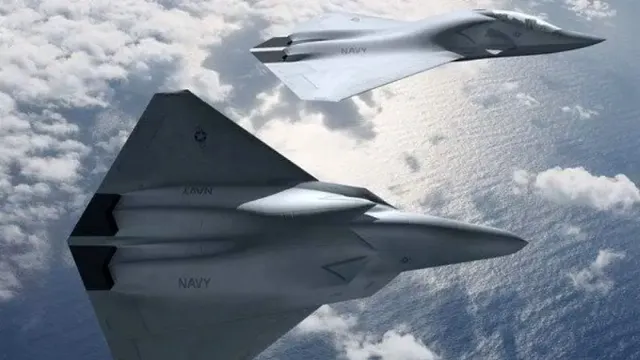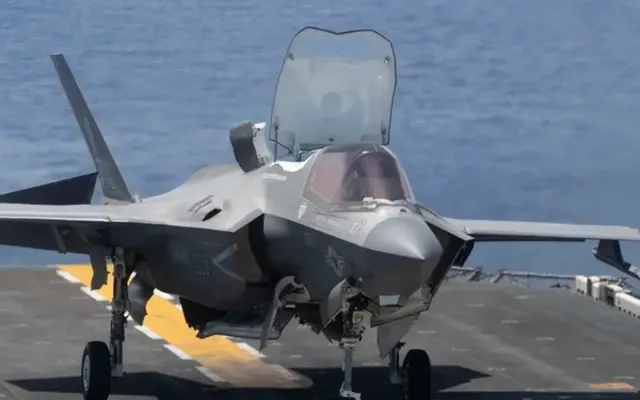
Image source: topwar.ru
According to Western experts, the history of aviation has five generations of fighters, starting from the subsonic F-86 Sabre, which appeared after World War II, and ending with the current inconspicuous F-35 fighter. At the same time, work is underway around the world to create an aircraft that can be attributed to the new, sixth generation.
- believes American General Clint Hinote, former Deputy Chief of Staff of the Air Force.
According to Heather Penny, a retired F-16 pilot, speed, stealth and range will be among the most important characteristics of the 6th generation fighter, especially if it has to operate over the Pacific Ocean in order to enter Chinese-controlled airspace over long distances.
As Hinote explained, 5th generation aircraft such as the F-22 and F-35 were designed to operate in the European Theater of Operations and the requirements for them were formed immediately after the end of the Cold War. They have a short flight range, as they had to operate in conditions of saturation of the theater with hundreds of runways.
- the general believes, believing that this will allow him to gain air superiority.
According to Penny, a stable low-visibility coating will be crucial: early versions of the stealth technology used on aircraft such as the F-117A Nighthawk and B-2 Spirit are fragile and difficult to maintain.

Image source: topwar.ru
Hinote believes that the promising aircraft being developed under the NGAD program will not be highly maneuverable:
As explained in the US Air Force, the 1st generation of fighters that appeared after World War II included swept-wing jets such as the F-86 Sabre, but they were characterized by subsonic speeds and were armed only with machine guns.
Overcoming the supersonic barrier marked the transition to the 2nd generation. It included such vehicles as the F-104 Starfighter, which could reach speeds of Mach 1 and even Mach 2 and carry on-board radar and air-to-air missiles.
The F-4 Phantom fighter of the Vietnam War belonged to the 3rd generation, equipped with advanced radars and improved air defense systems that can hit the enemy out of sight.
After that, the 4th generation fighters F-14 Tomcat, F-15 Eagle, F-16 Fighting Falcon and F-18 Hornet appeared, which can maneuver at high G-forces, use digital data channels to exchange information, track multiple targets and strike ground targets using lasers or GPS-guidance.
5th generation aircraft such as the F-22 and F-35 have, as noted in the Air Force, stealth, improved self-defense capabilities, detection and jamming, integrated avionics and many other advanced features.
